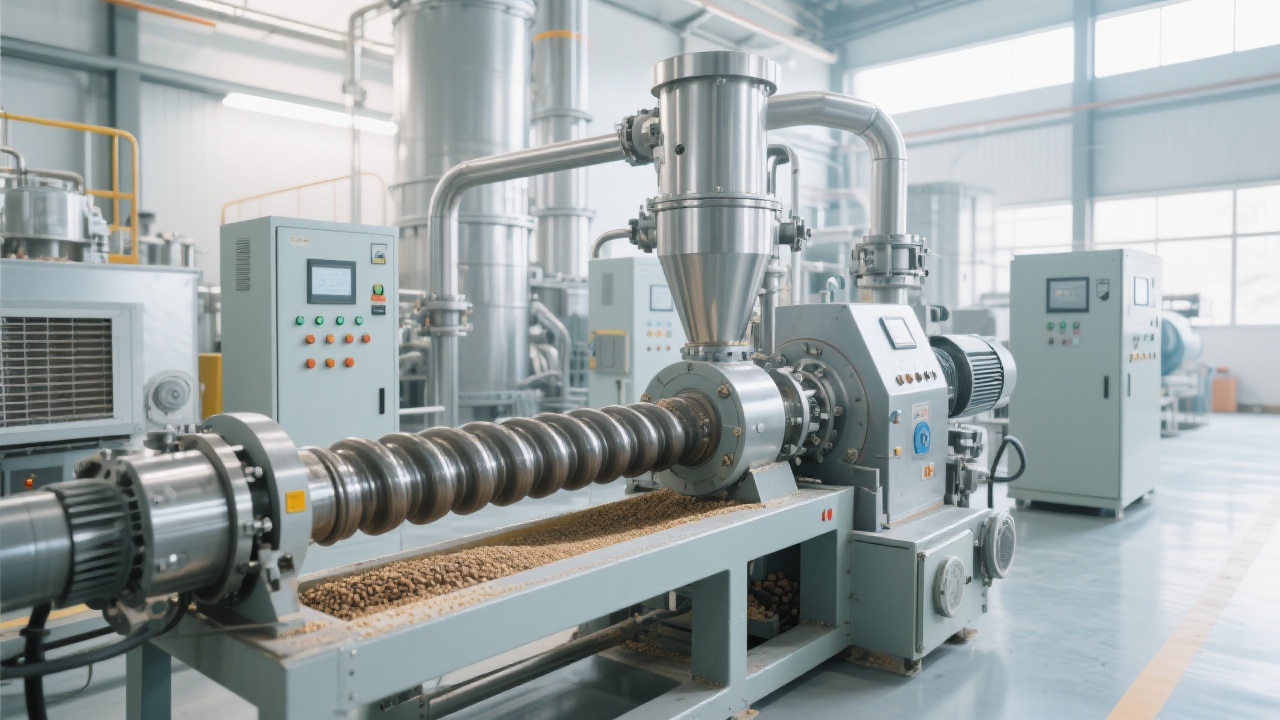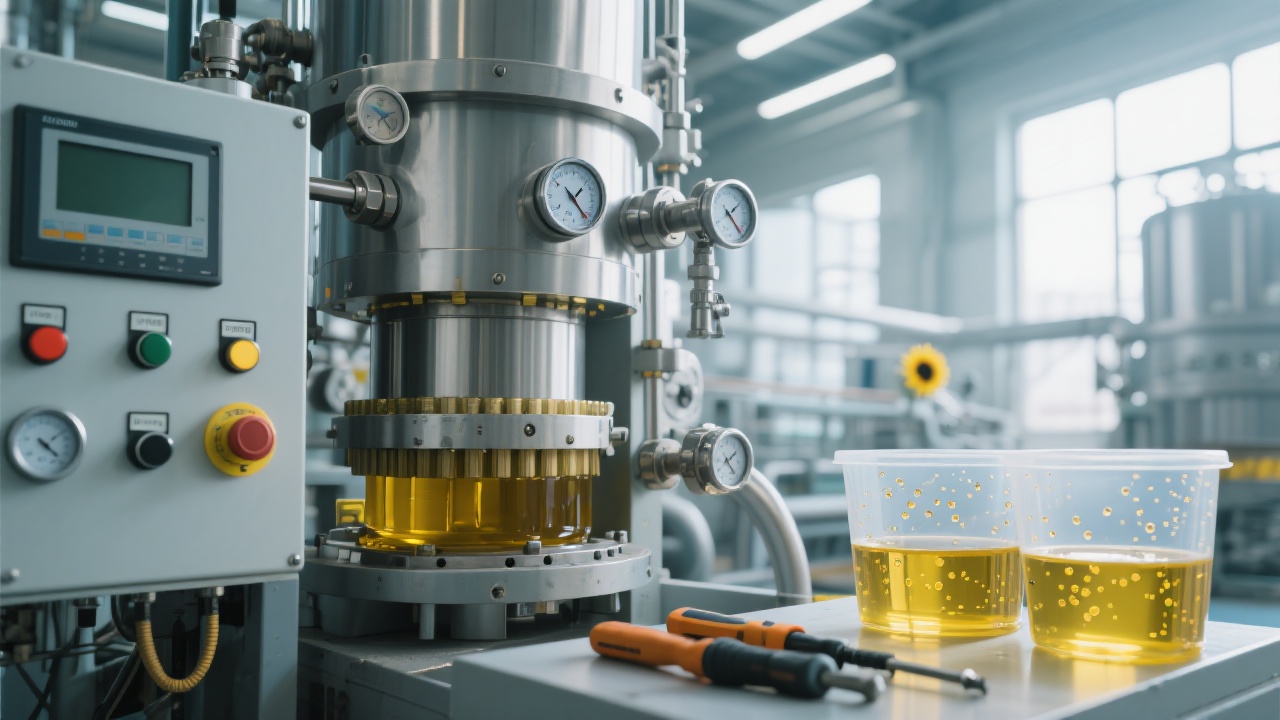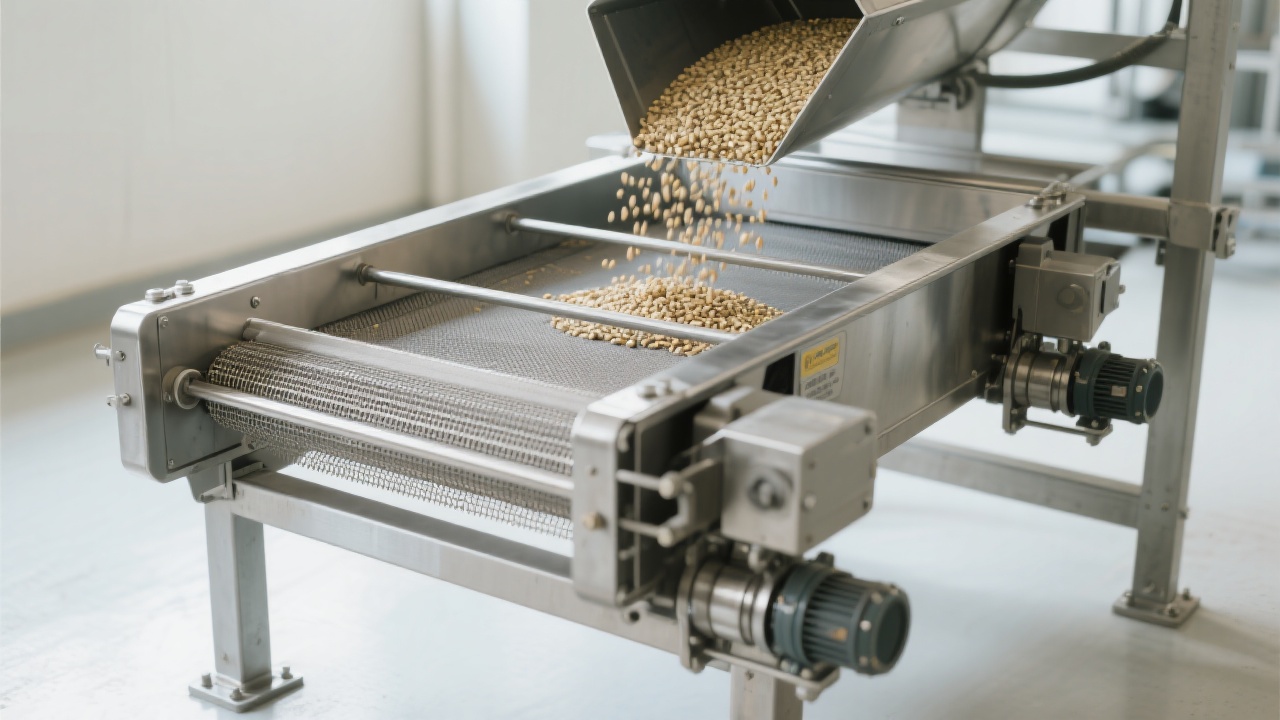Analysis of the Influence of Different Material and Structure of Extruders on Rice Bran Oil Extraction Efficiency
2025-07-31
Industry Research
Are you struggling to choose the right rice bran oil extrusion equipment to boost oil yield? This article delves deep into the core role of extruders in rice bran oil extraction. It focuses on analyzing the impact of different materials and structures on extrusion effects. With industry practical experience, it offers optimization suggestions for key parameters such as temperature, pressure, and moisture control. These tips will help users reduce energy consumption, increase production capacity, and achieve efficient and stable production. Ideal for technicians, procurement decision - makers, and factory managers.

Why is the Extrusion Equipment a Crucial Step in Rice Bran Oil Extraction?
In the rice bran oil extraction process, the extrusion equipment plays a central role. By extruding rice bran, it can disrupt the cell structure of rice bran, increase the contact area between oil and extraction solvent, and significantly improve the oil extraction rate. For example, in some traditional extraction methods without extrusion, the oil extraction rate is only about 70%. After using appropriate extrusion equipment, the oil extraction rate can be increased to over 85%, a significant improvement.

Performance Differences of Extruders Made of Different Materials and Their Impact on Extrusion Quality
Common materials for extruders include stainless steel, carbon steel, and alloy steel, each with its own characteristics:
- Stainless Steel: It has excellent corrosion resistance and is suitable for long - term use in humid and corrosive environments. However, its cost is relatively high. The smooth surface of stainless - steel extruders can reduce the adhesion of rice bran during the extrusion process, which is beneficial to maintaining a high - quality extrusion effect. Factories using stainless - steel extruders have reported that the proportion of high - quality extruded products can reach up to 90%.
- Carbon Steel: It is relatively inexpensive and has high strength. But it is prone to rust in humid environments. In some small - scale factories, carbon - steel extruders are often used to control costs. However, due to rust problems, the quality of the extruded products may decline, and the high - quality product rate may drop to about 75%.
- Alloy Steel: It combines the advantages of high strength and good corrosion resistance. Although the price is between stainless steel and carbon steel, it is a cost - effective choice for medium - and large - scale rice bran oil extraction plants. Factories using alloy - steel extruders can achieve an oil extraction rate improvement of about 10% compared with carbon - steel extruders.
How Structural Design Determines Extrusion Uniformity and Efficiency
The structural design of extruders, such as screw propulsion, double - screw vs single - screw, has a significant impact on extrusion uniformity and efficiency:
- Single - Screw Extruder: It has a simple structure and relatively low cost. However, its mixing ability is limited, and the extrusion uniformity is relatively poor. In some small - scale production, the single - screw extruder is used, but the uneven extrusion may lead to some parts of the rice bran not being fully processed, resulting in a reduction in the overall oil extraction rate.
- Double - Screw Extruder: It has better mixing and shearing capabilities, which can make the extrusion process more uniform. In large - scale production, double - screw extruders are widely used. According to statistics, using a double - screw extruder can increase the extrusion uniformity by about 20% compared with a single - screw extruder, thereby improving the overall oil extraction efficiency.

Common Problems and Solutions in Practical Applications
During the actual operation of extruders, problems such as paste formation, caking, and high energy consumption often occur:
- Paste Formation and Caking: This is usually caused by improper temperature and moisture control. By adjusting the temperature and moisture content of the rice bran before extrusion, and regularly cleaning the extruder, this problem can be effectively solved. For example, keeping the moisture content of rice bran at about 12% - 15% can reduce the probability of paste formation.
- High Energy Consumption: Selecting energy - efficient extruders and optimizing the operating parameters can reduce energy consumption. For example, using an extruder with an intelligent control system can adjust the power according to the actual production load, which can save about 15% - 20% of energy consumption.
Industry Trends and Their Impact on Equipment Selection
The rice bran oil extraction industry is developing towards intelligent control, energy - saving design, and environmental compliance. Intelligent control systems can automatically adjust the extrusion parameters according to the quality of rice bran, improving production efficiency and product quality. Energy - saving extruders can reduce production costs, and environmentally compliant equipment can meet the requirements of environmental protection regulations. When selecting equipment, factories need to consider these trends to ensure long - term development.
Operation Skills Summary
From startup to maintenance, a series of operation skills can help enterprises reduce costs and increase efficiency. For example, during startup, pre - heating the extruder to the appropriate temperature can ensure a smooth extrusion process. Regularly lubricating and inspecting the equipment during maintenance can extend the service life of the extruder. By following these operation skills, enterprises can save about 10% - 15% of production costs.

Mastering these details, let your rice bran oil production reach a new level! Do you have any experiences or questions about rice bran oil extrusion equipment? Share them in the comments below!
Click here for more information





